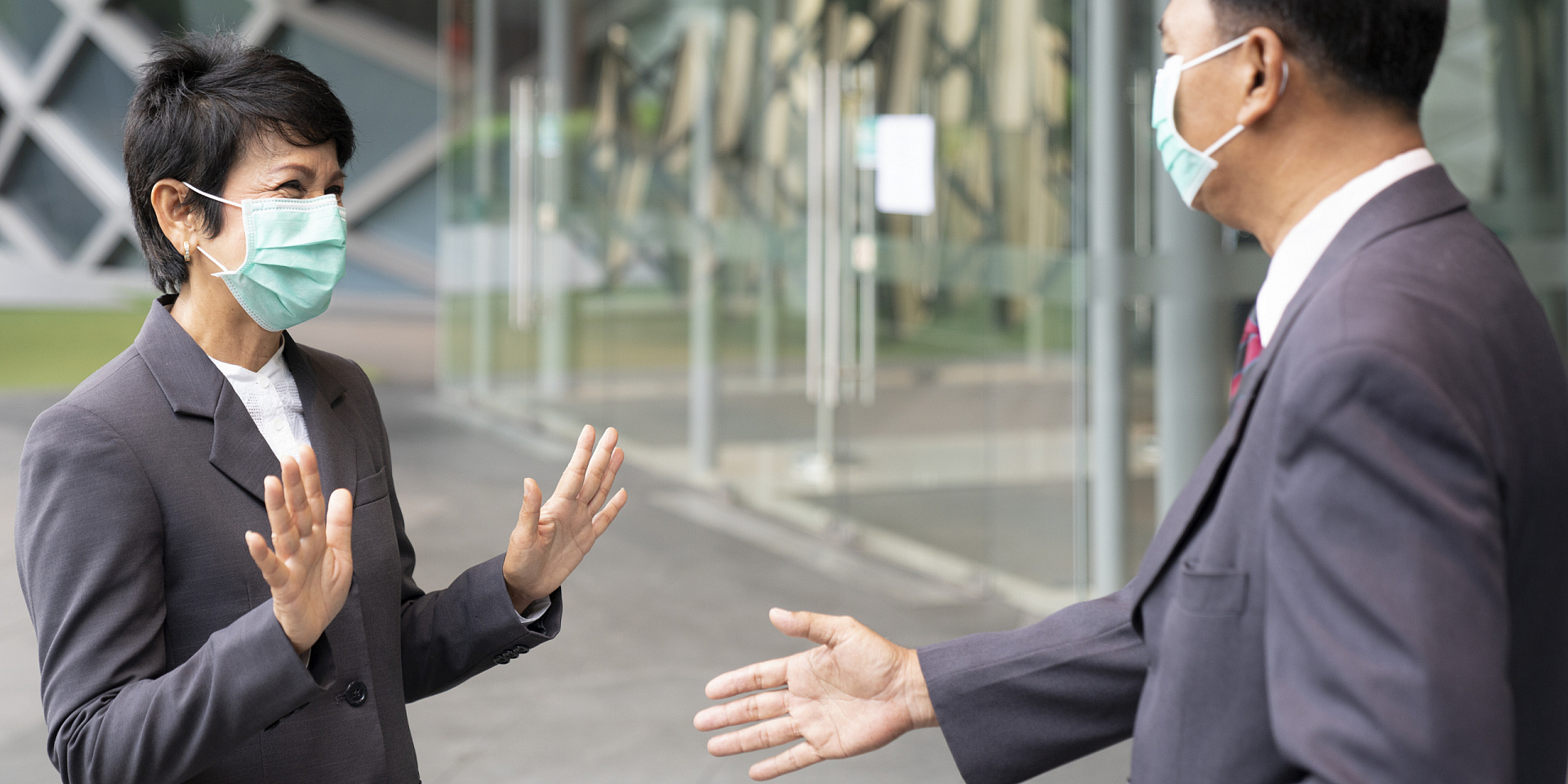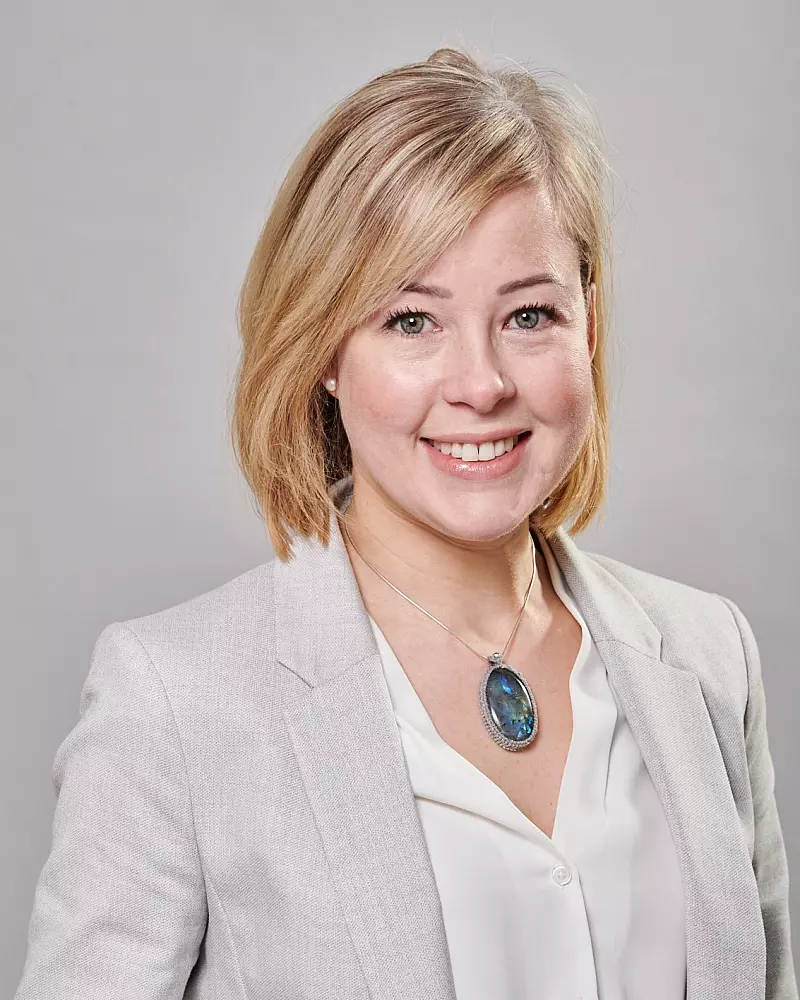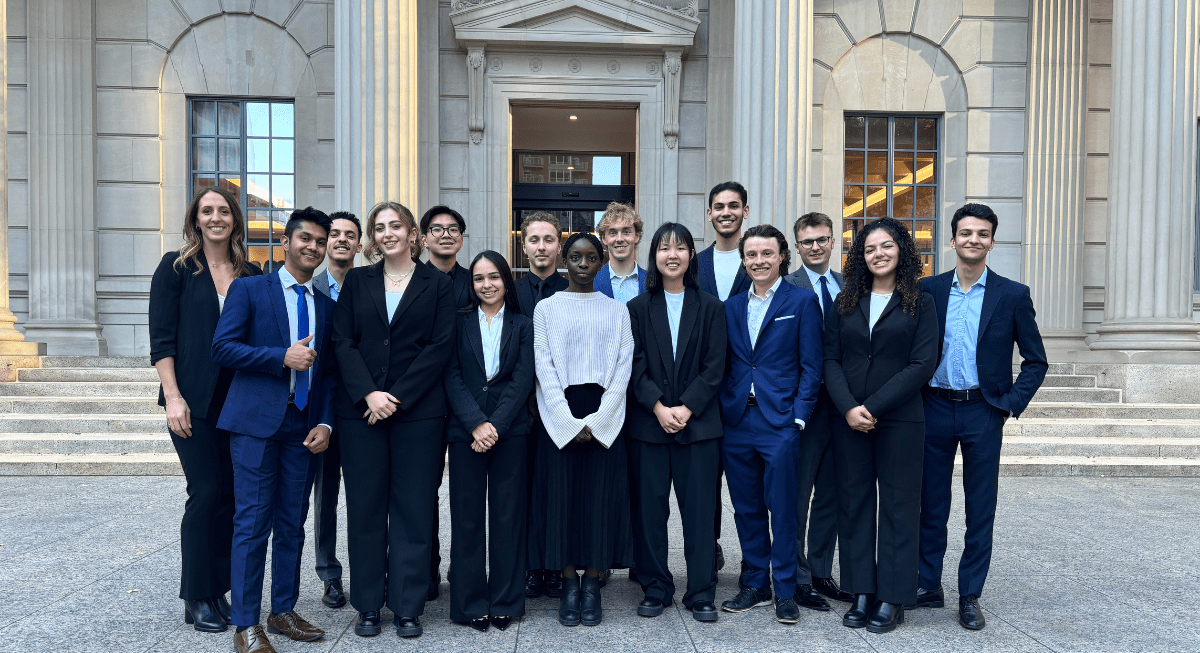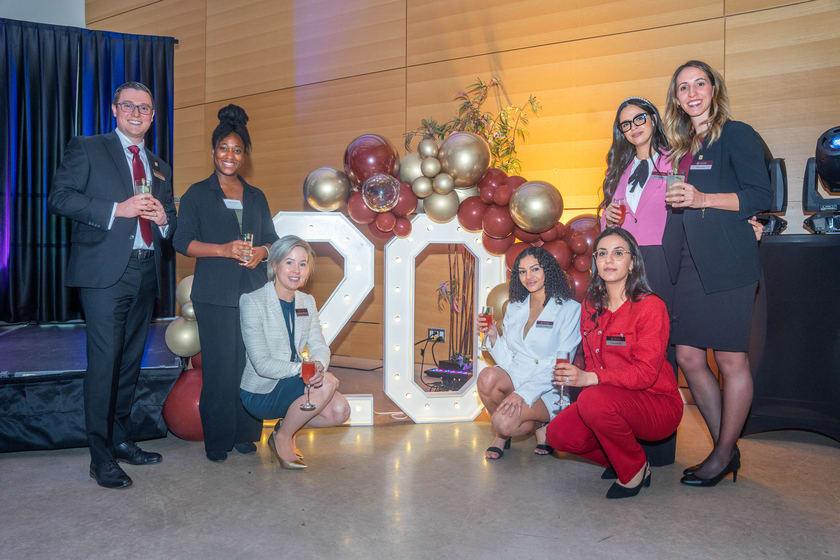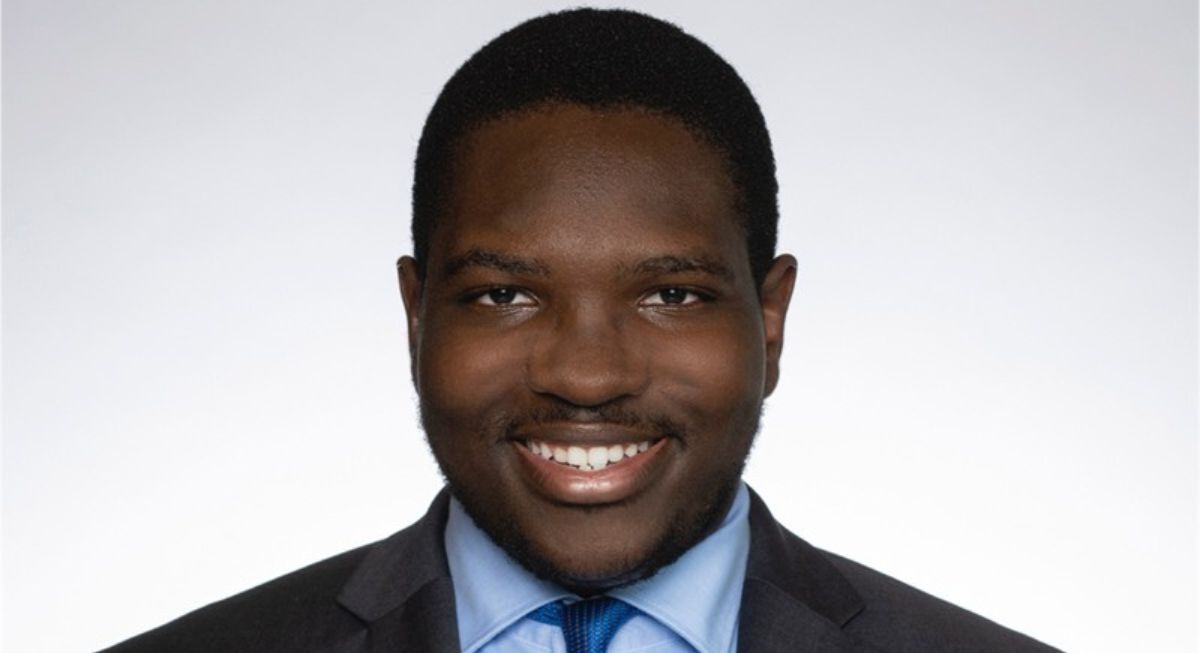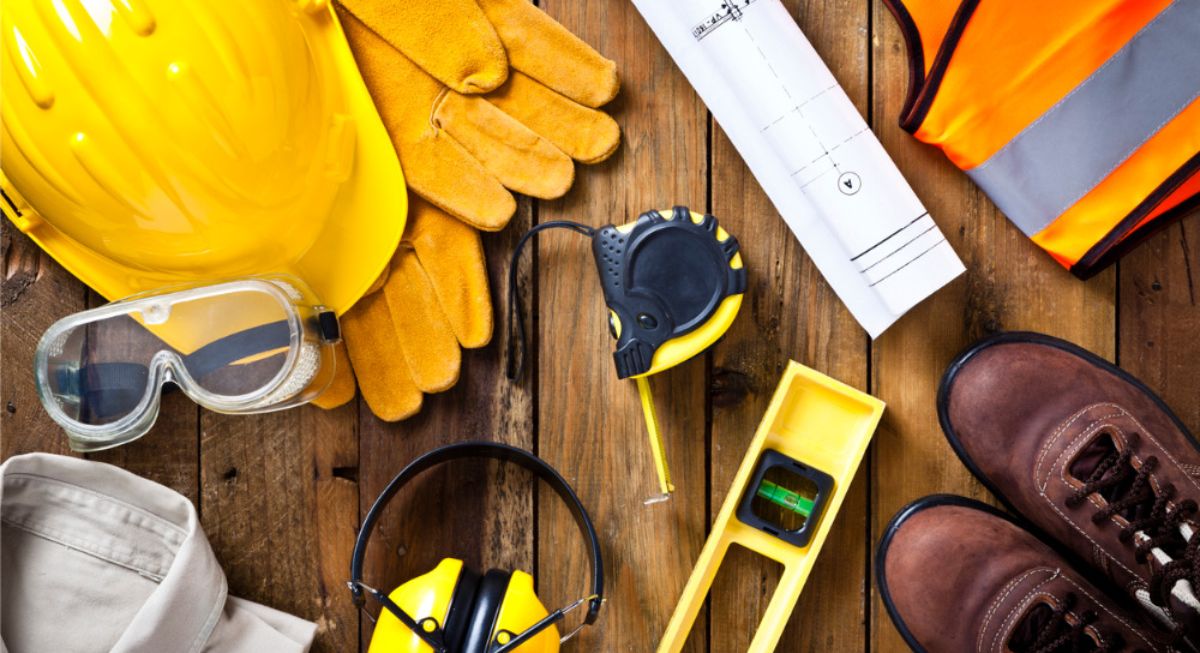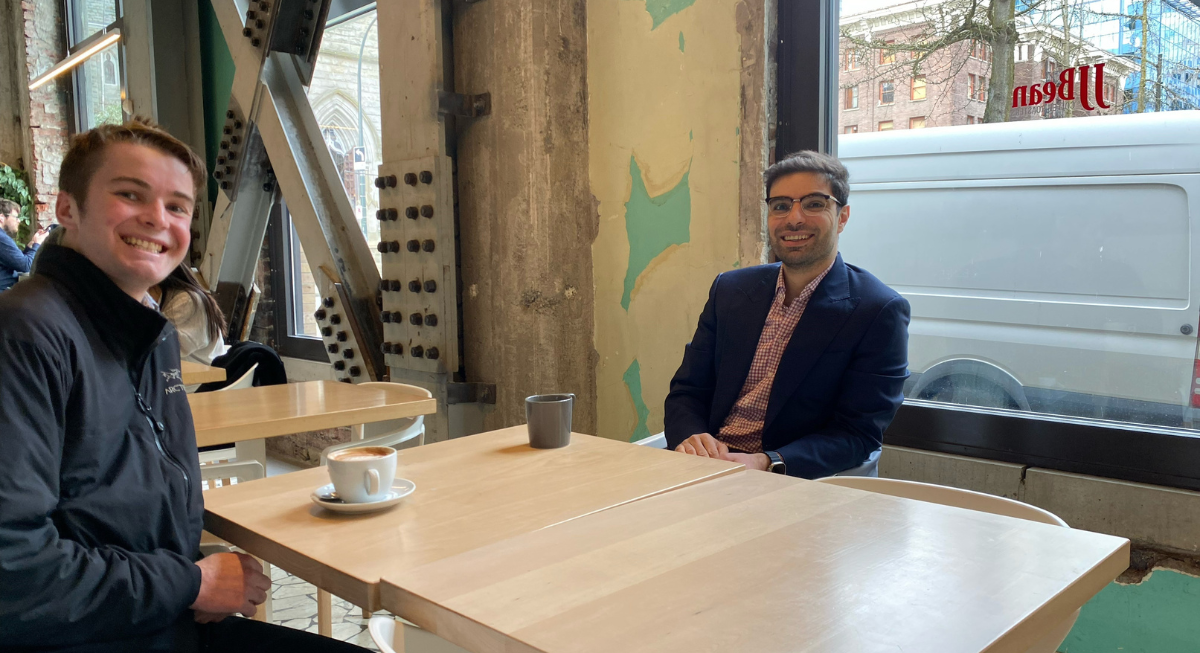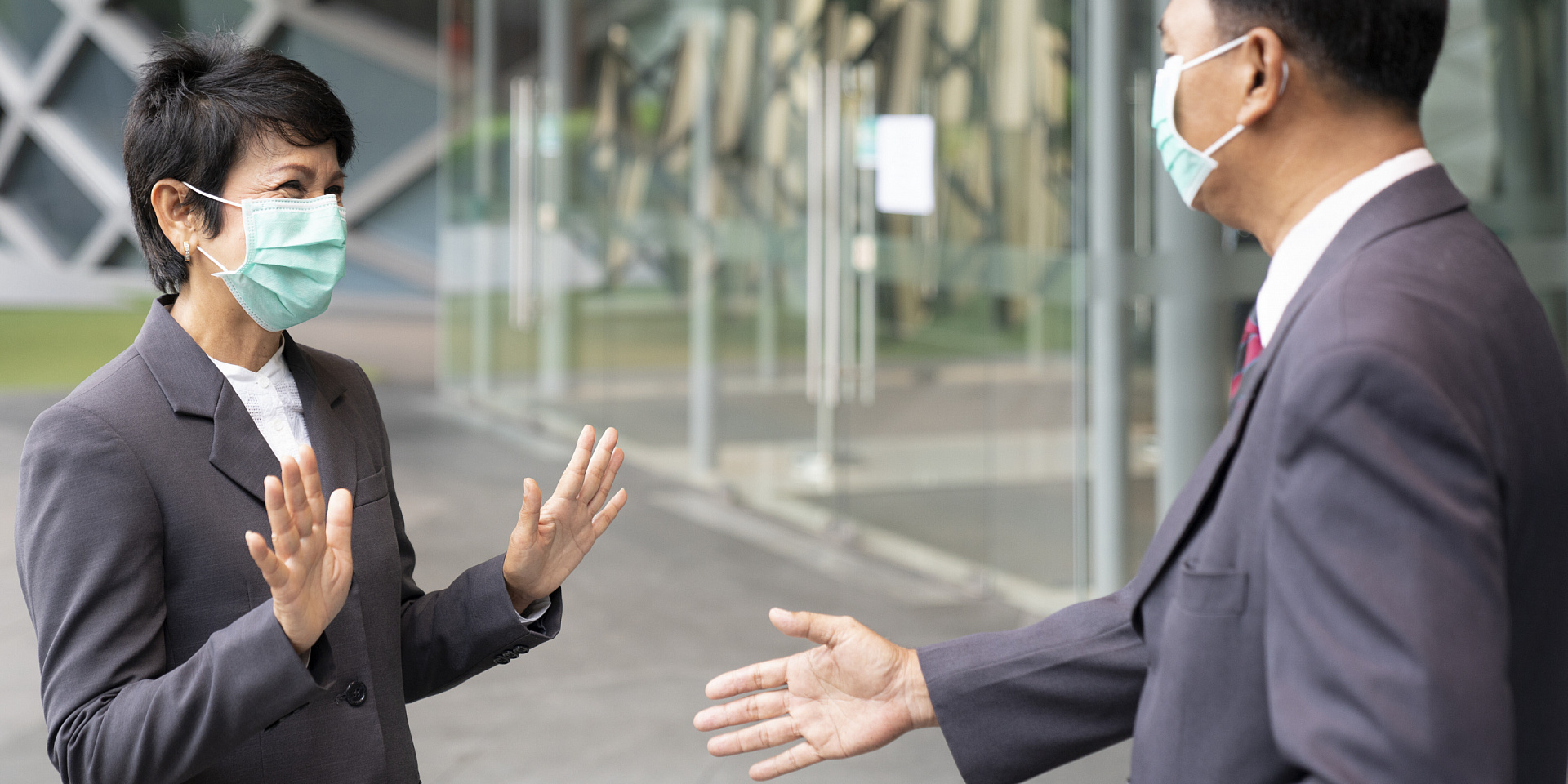
As in-person events are slowly making a comeback (Houraaay!), we are bound to ask ourselves how to best approach our colleagues as well as prospective clients and recruiters at professional functions, while respecting everyone’s boundaries and maintaining our own. If you intend to participate in an in‑person networking event soon, stay tuned! Below are 6 easy tips you should remember as you attend in-person networking events in a post-pandemic context. Remember: Everything will be okay!
Tip #1: Set your own boundaries
Before you sign up for an in-person networking event, you should figure out your own level of comfort (or discomfort) and come up with ways to navigate various scenarios. If you are uncomfortable shaking hands with new contacts or standing less than 1 metre away from anyone not wearing a mask, you should be fully aware of it before showing up. Of course, your reasons for avoiding physical contacts are entirely yours. Being in tune with your own boundaries will help you craft clever strategies to make the most of every connection opportunity that comes your ways in our post-pandemic future.
Possible scenario: A new contact from a respected firm leans towards you to extend their handshake. And you recoil internally asking yourself how to get out of there.
What do you do? You are under no obligation to reciprocate if you don’t feel like it! To compensate, why not acknowledge that person by looking at them in the eyes, offering them your best smile, and bowing ever so slightly while bringing your right hand to your heart. This simple gesture conveys both cordiality and respect.
Tip #2: Anticipate – and respect – other people’s boundaries
Regardless of your own level of comfort with physical interactions such as handshakes or friendly pats on the back, keep in mind that your classmates, professors, colleagues, and new contacts may not feel the same as you. Scanning the room will help assess how most people tend to interact. Needless to say, in a post-pandemic context, no one is required to provide any justification for not reciprocating a handshake. The only requirement is to be nice and cordial with other attendees.
Possible scenario: You inadvertently lean in a little bit too closely or extend your handshake to someone who prefers strict social distancing.
What do you do? Simply walk backward and say: “My apologies for stepping so close to you. I hope you are enjoying the event. My name is... and I am... What is your name?” A faux pas is nothing. Your recovery is everything.
Tip #3: Make someone feel welcome, included, and safe
No matter how uncomfortable you may feel at a networking event, there is probably someone else nearby feeling as uneasy as you do. A fantastic way to show your leadership and people skills is to go toward people and engage the conversation.
Possible scenario: You notice one or two people wearing a mask, standing all alone and feeling noticeably uncomfortable.
What do you do? Be the nicest person in the room: put on your mask, sanitize your hands, and go introduce yourself. COVID-19 has made it incredibly challenging for those who are either living with a specific health condition or caring for someone who does. No one wants to be the odd kid with no one to play with in the schoolyard. If you notice a handful of masks among a sea of smiling faces, make sure those individuals feel included by approaching them tactfully. You may very well make someone’s day!
Tip #4: Use your sense of humour
An unexperienced 2nd-year student may not have a whole lot in common with a seasoned senior marketing executive from a large firm. But in this new networking environment, regardless of our age, background, education, and years of experience, we’re all like newborn giraffes awkwardly learning to stand up. We have not mastered the method just yet, and we are likely to stumble! That is perfectly normal, and these days, a little humor and lightheartedness can’t hurt.
Possible scenario: You are carefully maintaining a good distance between you and other attendees when suddenly, someone breaks into your bubble and offers you an unrequited handshake.
How to react: Take a deep breath, take a few steps back, and simply say, in pure Canadian fashion: “Sorry, I didn’t see you there. My name is… and I’m a... If you don’t mind, I’m only spreading my joie de vivre today, not my germs. How are you doing?”
Tip #5: Ask the organizers for guidance
Networking event organizers will often provide their attendees with specific details and guidelines regarding dietary restrictions, accessibility requirements, and, of course, physical interactions/social distancing/mask regulations. Some organizations have even started to implement a colour system to help in this matter. Ask if they have one in place. If not, they may consider implementing one. Read through the full invitation, and when in doubt, reach out to the organizers: they are best positioned two advised you.
Tip #6: Think beyond the handshake
Because we have been taught to put so much emphasis on the value of a firm handshake, we may have forgotten that we, homo sapiens, have many other means at our disposal to express our enthusiasm, our sincerity, and our warmth. Our smile, our tone of voice, our choice of words, as well as our general deportment and demeanour are all cues that we can fine-tune to express how we feel in our interactions.*
Of course, you may perceive these new considerations and forms of interaction as cryptic and cumbersome. However, they present a huge advantage: they force us to sharpen the very skills we need to build meaningful professional relationships: active listening, empathy, language accuracy, self‑awareness, speech control, and visual observation.
To receive individual coaching from networking experts, book an appointment with a Relationship Manager at the Telfer Career Centre through Career Launch.
*If we look at the origins of two ubiquitous Western social customs, namely shaking hands and clinking glasses, we realize that they were initially intended to signify the absence of threat (weapons, poisons, etc.) in a context of mutual mistrust. Source: Why do we shake hands as a greeting?
